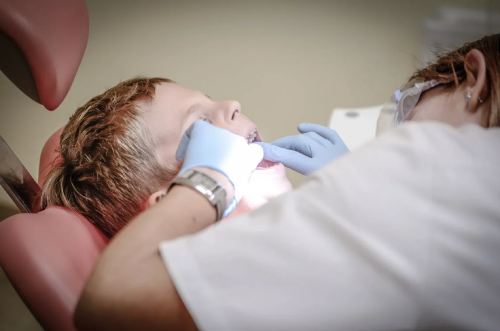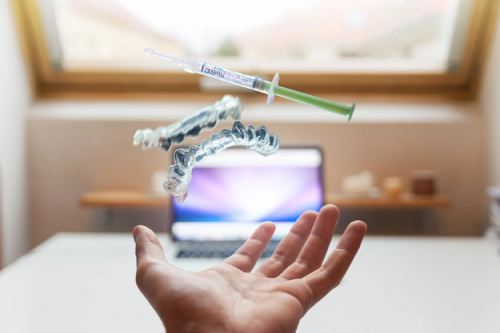Six Things You Need to Know About Digital Denture

Have you ever heard about digital dentures before? Perhaps you have had some of the jawbone and teeth pieces on your own or maybe you heard your dentist mentioning “digital dentures”. You might be wondering what digital dentures are or if they are as good as their traditional counterparts. If so, read this article to find out the six things that you need to know about digital dentures.
Are You Familiar With Digital Denture? Here's What You Need to Know
If you're familiar with digital dentures, you will know that they can be a great option for replacing missing teeth and making your smile look better than ever. But if you're not sure how digital dentures work, we'll provide answers for you below!
1. What is Digital Denture?
Digital Denture is a type of dental prosthesis that is made using 3D printing technology. The technique involves a dentist printing out an impression of your teeth on a computer-controlled machine, which then deposits the impression onto a base material in the form of a mold. This mold is used to create a cast of your teeth, which is then used to make an exact replica of your teeth.
Moreover, Digital dentures can be customized to fit your mouth perfectly. They come in a variety of materials, including gold and dentalium (which is a metal alloy). The most common type of material used for digital dentures is titanium alloy, which is an all-around great material that lasts longer than any other kind of metal.

2. How is Digital Denture Made?
The digital denture process begins with a detailed oral scan of the patient's mouth. This scan is used to create a three-dimensional model of the teeth and jaw. From this model, the denture prosthesis can be designed using computer-aided design (CAD) software. Once the prosthesis has been designed, it is sent to a milling machine that uses high-precision tools to carve it from a block of material. The final step in the process is to polish and finish the denture, making sure that it fits comfortably in the mouth and looks natural. Thanks to advances in technology, the entire process can now be completed in just a few hours, providing patients with a new set of teeth that look and feel just like their natural teeth.
3. How does Digital Denture Look?
Digital dentures look like natural teeth and can be used to replace missing teeth in the upper and lower jaws. They are made from a material called polymethylmethacrylate, which is referred to as 'dental plastic.' The flexible material can easily be molded into any shape, allowing it to adapt to the contours of your mouth.
4. What if I lost my Digital Denture?
You can get a new one. If you are able to find the original x-rays, it is possible to get your current dentist to scan them into a machine and create a 3D model of your teeth. Then you can send that model to a lab that will print out a perfect replica of your teeth in plastic.
5. How long does Digital Denture Last?
It depends on how many times you want to replace it each year and how often you wear it while eating or brushing your teeth. If you wear it every day and never take it off, then it should last as long as any other denture made from plastic or metal, usually about 10 years. However, if you only wear it for special occasions and don't brush or floss regularly then expect it to last about 2 years before needing replacement again.
6. How much does Digital Denture Cost?
Digital dentures cost about the same as traditional ones, also depending on where you live and what kind of dental work you're looking for. If you want something more customized than what's available at your local dental office, then prices will go up accordingly.
Smile Widely
To sum up, digital denture is a real teeth prostheses that can be used by either a patient or a person who is missing some parts of their jaw and other teeth. These dentures are made to your mouth’s exact measurements, making them perfect replacements for natural teeth that you have had before. They can be worn with ease. They are also easy to clean and much easier to maintain than normal dentures. With these, you can now smile widely and happily.
